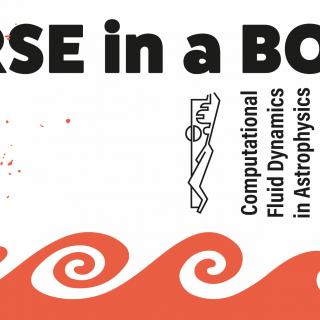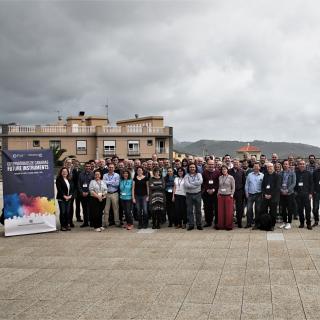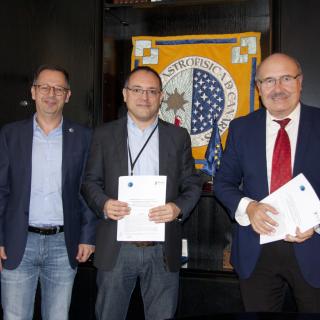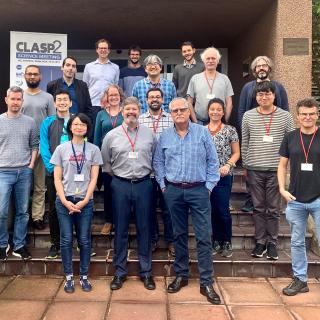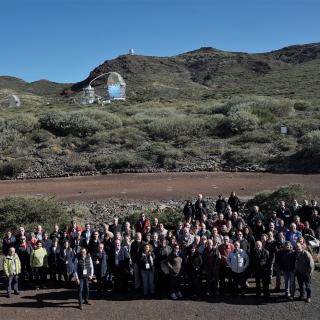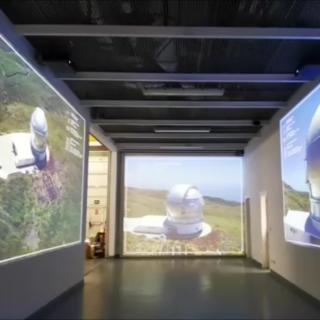
The Gran Telescopio Canarias or GRANTECAN has surpassed, for the first time, the 10,000 face-to-face visits. The forecast is that by the end of the year there will be around 12,000 visits. During the month of November, a new immersive experience for visitors, called SINERGIA, will be inaugurated, which will show the public real data obtained with the telescope.
Advertised on
